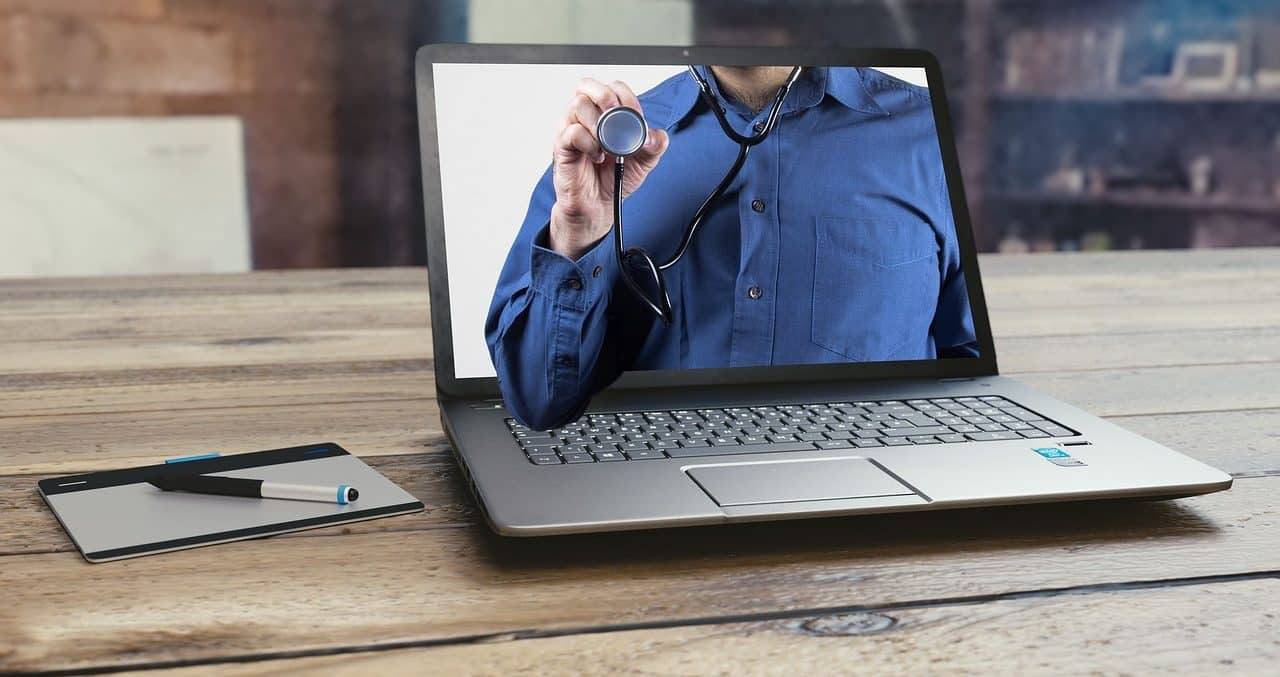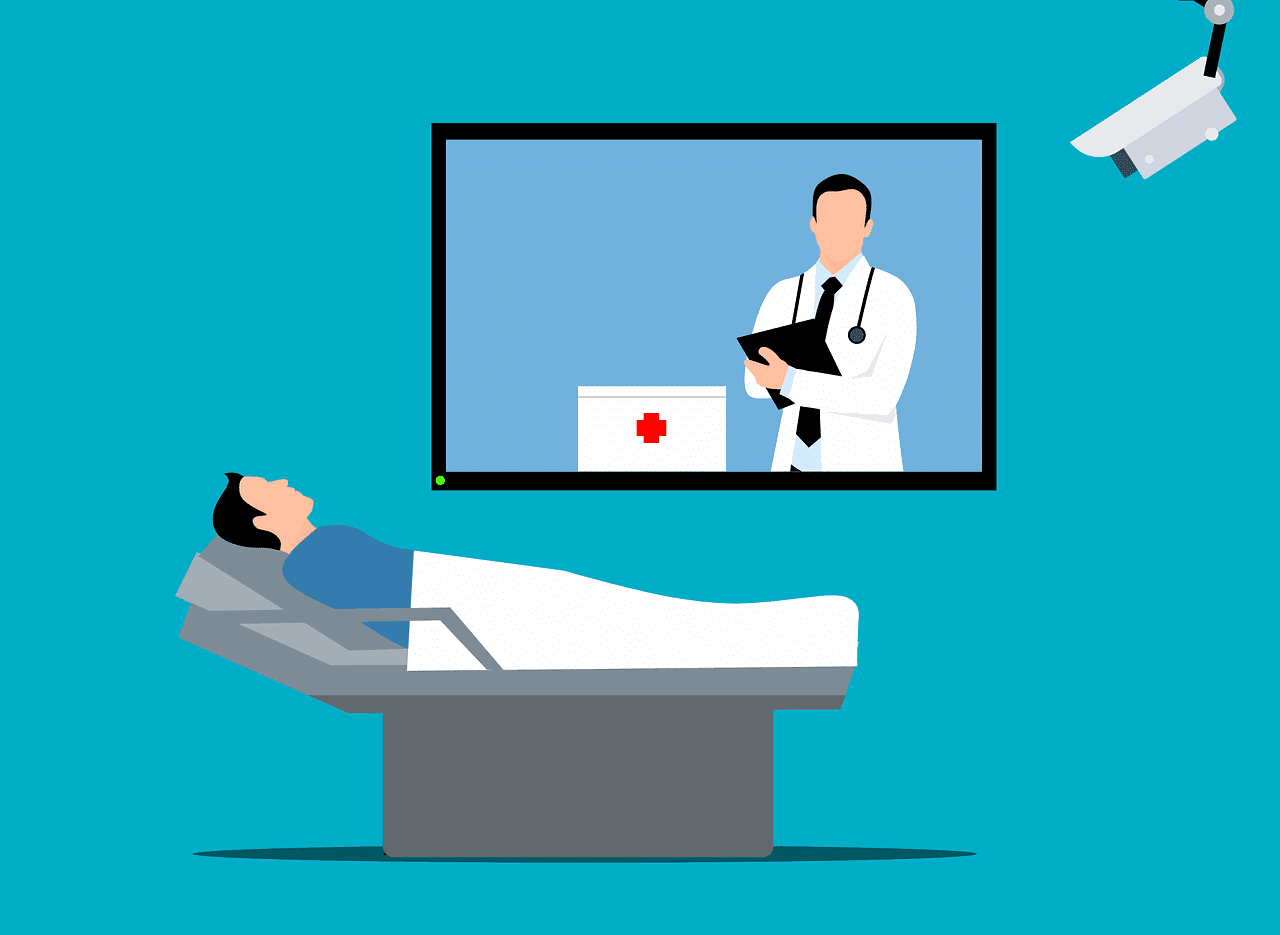
To guarantee equality and justice in terms of access to health, strategies, resources and measures are needed that allow, for example, the implementation of telemedicine service in isolated areas.
Telemedicine is a modern service, also known as telecare or telehealth (although the latter is a much broader and more encompassing concept), that offers the possibility of accessing professional health care from a distance.
Although this modality does not usually replace the traditional face-to-face consultation format in which, under conditions of privacy and confidentiality , a specialist in some branch of medicine evaluates each patient, offers a diagnosis and, if appropriate, gives instructions on treatments and /or drugs to be administered, telemedicine can be extremely useful and advantageous. Surely it has arrived not only to stay, but to continue growing and surprising.
This type of medical assistance requires that the parties involved (professional and whoever consults) have access to the Internet and take advantage, in this framework, of information and communication technologies (ICTs) to benefit from the operation of virtual offices .
Types of telemedicine
Given the wide availability, on a global scale, of options related to telemedicine (an alternative that was of great help in times of isolation/confinement due to the COVID-19 pandemic and is still in force) it is important to obtain advice on this matter. In addition to learning what this notion covers or consists of, it is advisable, among other issues, to know how to differentiate between one service and another.
It can be established, first of all, that telemedicine is one of the elements that nourish telehealth , a sphere in which telemanagement , teleresearch , teleeducation and the aforementioned telemedicine or teleconsultation coexist.
Among those involved in this virtual dynamic carried out through video consultations , telephone calls or exchanges of information on instant messaging platforms, there are personnel dedicated to resolving different issues. Just as some professionals focus on remote monitoring of patients (generally, in order to guarantee follow-ups and periodic control for those who suffer from a chronic disease), others have tools to dedicate themselves to telesurgery , to describe two cases.
Since shifts are managed remotely , personal data is accessed and points of view can be exchanged among colleagues regarding someone's situation or status, it is necessary that there is software specialized in remote management and collaborative work . At this point it is convenient to centralize processes and implement real-time collaboration tools , so that each patient has their electronic health record (EHR) and take advantage of medical collaboration platforms .

Technological developments make it possible to modernize the health system and improve the interaction between doctors and patients through telediagnoses, remote follow-up consultations, etc.
Importance
The so-called digital health that has been consolidated in recent decades thanks to technological advances and the massive mastery of ICT tools is an ally in caring for the body. Like the conventional structure of face-to-face care in clinics, laboratories, etc., putting technological innovation and human resources at the service of prevention , raising awareness about the importance of having healthy habits and addressing pathologies are essential to achieve well-being. and fulfillment both physically and mentally.
Without a doubt, telemedicine contributes to enhancing the quality of life of many people, especially when it comes to people who, for various reasons, do not often attend in-person medical appointments. That is why telemedicine is so necessary and notable for rural areas , specifically.
Health professionals who carry out their work remotely have the means and the corresponding authorization to evaluate an individual through a screen, make an electronic prescription , make orders for some laboratory practice or diagnostic imaging .

Thanks to teledermatology, to cite a specific case, a diagnosis can be made remotely, thus speeding up the time to access a treatment and avoiding managing appointments for in-person consultations.
Advantages of telemedicine
Although there is still a long way to go within the telemedicine segment and we must continue to deepen measures and design strategies so that access to remote specialists does not have limitations, numerous advantages are already recognized for this service.
It is undeniable that having a doctor just a click away is convenient because it avoids the stress of going to a health center , wasting time and money traveling, and exposing yourself to viruses in office or hospital waiting rooms .
Although you have to wait several minutes online to start a virtual consultation , this modality that covers many specialties is convenient because you can continue, moderately, with your tasks until, finally, contact is established with the doctor.
Thanks to virtual reality and artificial intelligence , online medical care continues to evolve, become more streamlined, simpler and more efficient. In general terms, there are more and better procedures for the early detection of pathologies, cutting-edge techniques and pharmacological products that contribute to optimal health and an acceptable life expectancy. Of course, there are still challenges and obstacles to overcome linked to the legal frameworks and regulations of telemedicine , ethical aspects, cybersecurity so that patient privacy is not violated, and the training of health personnel (especially if they are professionals accustomed to face-to-face meetings with patients) in terms of the virtual modality.
